12 Classic Bulbs for Spring Blooms
Spring bulbs are amazing. One small, brown, often misshapen package contains everything needed to produce roots, leaves and a beautiful flower (or flowers). Bulbs are easy to grow, have relatively few pests and diseases, can go in the ground or into a container, and can even stay in the house. They work well with almost any garden style and pretty much herald the arrival of warm weather.
There’s just one thing about bulbs that keeps them from being the perfect no-fuss plant: You have to plant them at just the right time. Come spring you may find potted containers full of blooms, but you won’t be able to find flats of bulbs to put into the garden for a spot of color. To have a spring bulb garden, you have to plant in the fall.
Fortunately there are plenty of reminders at this time of year. Nurseries are filled with bins of bulbs, along with bulb fertilizer (growers are mixed on whether you need to add fertilizers when you first plant or simply need to fertilizer in succeeding years). If your garden center doesn’t have the flowers or even the colors you want, there are plenty of online choices; one of my favorites is Brent & Becky’s Bulbs.
More: 6 Unsung Bulbs for Fall Planting
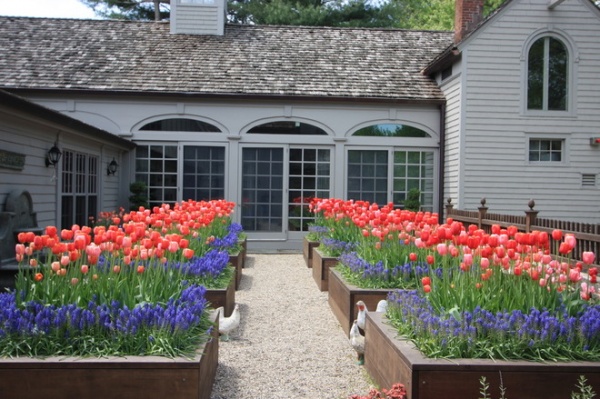
Landscaping ideas. Before you plant, it’s a good idea to think of the final look you want. A formal and somewhat traditional look is garden beds. The upright growth and intense colors give the beds a tidy look, and massing the bulbs together highlights the colors.
Smaller bulbs, such as crocuses and hyacinths, work well along the edges of beds, in rock gardens and around the perimeters of ponds and creeks.
The one drawback of including bulbs in a formal space is that if you’re planning to treat the bulbs as perennials, you’ll need other plants in the same area that will fill in when the bulbs die back, while masking the yellowing foliage until it’s time to remove the leaves.
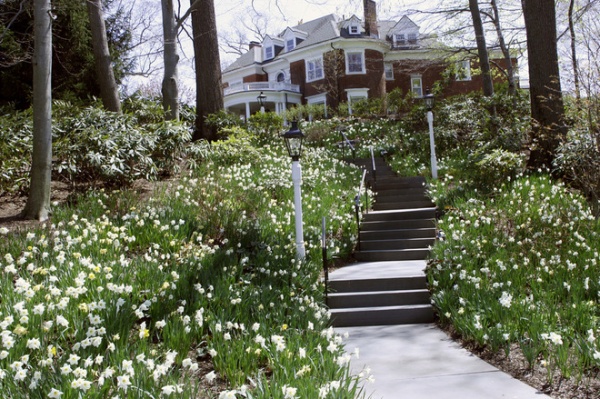
A natural approach works well for daffodils in particular and other plants like crocuses and fritillaries. The easiest way to achieve a natural look is simply to lightly toss the bulbs throughout the location in the garden where you want them to grow, then plant them where they fall. They’ll spread over the years.
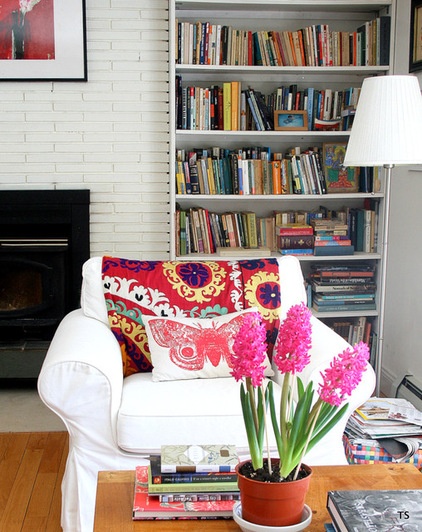
Planting your bulbs in containers lets you bring them front and center when they’re in full bloom and place them in an out-of-the-way spot the rest of the time.
It’s a good way to deal with bulbs that don’t do well with summer water; you can stash them out of the way of summer rains or irrigation systems once they’ve stopped blooming. Containers are also a good choice in warmer climates for bulbs that won’t get enough winter chill to return year after year. When planting bulbs in containers, keep to the suggested planting depth but feel free to crowd the bulbs for a fuller look.
Many bulbs can also be forced into early bloom, usually for indoor use in the winter months. Among the most popular for this approach are amaryllises, crocuses, hyacinths and paperwhites (a type of narcissus, or daffodil).
Broad climate zones are given below for garden culture, but hardiness often varies by species, and bulbs may do well outside the recommended areas. If you want to try something that isn't ideal for your climate zone, consider growing bulbs in containers, where you can provide for specific needs, and as annuals.
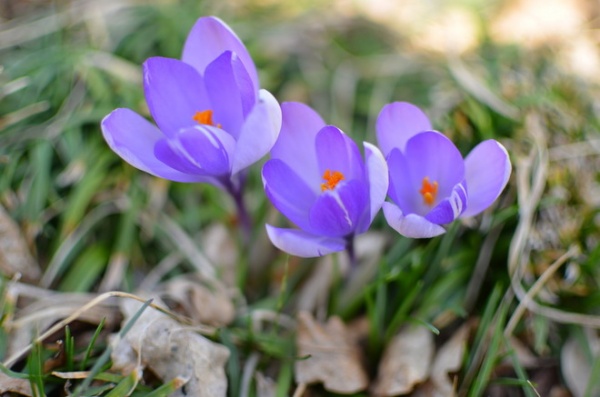
Crocus
(Crocus)
USDA zones: 7 to 9 (find your zone)
Bloom period: February to April; there are also fall- and winter-blooming crocuses
Height: 3 to 6 inches
How to plant: 2 to 3 inches deep and 3 to 4 inches apart
Light requirement: Full sun; light shade where summers are hot
Water requirement: Regular water while growing and blooming; reduce as foliage yellows
This is a cold-weather plant; it does best with a winter chill, although it will grow in warmer areas. Crocuses are tiny things, but they’re one of the first spring blooms to appear, in shades of white, cream, yellow, lavender and purple (sometimes they’re even streaked). The most familiar and most widely grown are the Dutch crocuses (C. vernus). The autumn-blooming C. sativus, or saffron crocus, is, as its name implies, the source for culinary saffron. Watch for gophers.
Crocuses are charming in rock gardens and along pond edges, and they’re also a good choice for containers.
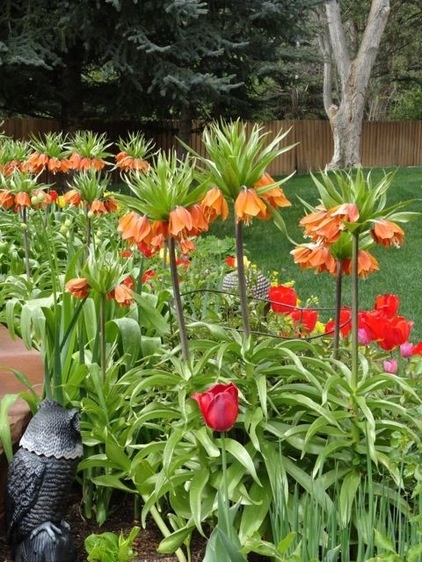
Fritillary
(Fritillaria)
USDA zones: 3 to 8
Bloom period: February to April
Height: 6 inches to 4 feet
How to plant: 3 to 4 inches deep and 6 inches apart for most; 4 to 5 inches deep and 8 to 12 inches apart for the largest (F. imperialis)
Light requirement: Full sun; filtered sun or light shade where summers are hot and dry
Water requirement: Generally, regular water while growing and blooming; reduce as foliage yellows, but check individual species and don’t water natives of the western U.S. in summer
Fritillaries are not as well known as tulips or daffodils, but the range of colors, interesting markings and unusual drooping flowers make them worth a second look for woodland and rock gardens. Colors range from red, orange and yellow to maroon and a purple so deep that it looks black; you can also find fritillaries that are cream colored or white. They need winter chill to do well and don’t really like hot and dry summers. Plant plenty; they may not bloom every year.
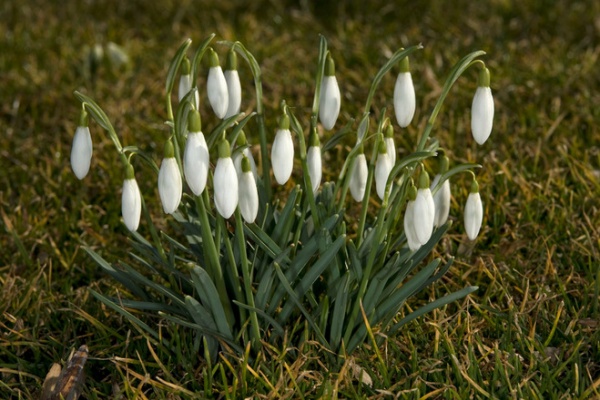
Snowdrop
(Galanthus)
USDA zones: 3 to 8
Bloom period: Early spring
Height: 6 to 12 inches
How to plant: 3 to 4 inches deep and 3 inches apart
Light requirement: Full sun when in bloom; light shade at other times
Water requirement: Regular water throughout the year (unless the soil is covered in snow)
This is a cold-weather favorite, as its common name implies, needing temperatures below 32 degrees Fahrenheit to do its best. It can even handle a small amount of snow once it has bloomed, and because it likes sun when blooming but shade afterward, it’s a natural choice under deciduous trees and shrubs. The flowers are perfect for a natural woodlands garden or tucked into a rock garden. A similar plant is Leucojum; it and snowdrop are often sold under each other’s name.
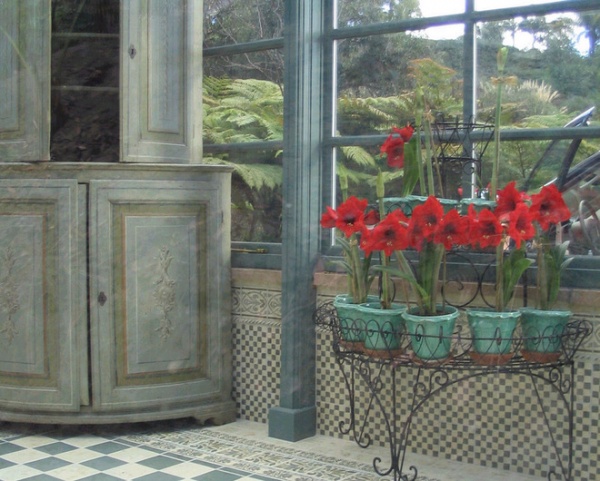
Amaryllis
(Hippeastrum)
USDA zones: Generally grown indoors in all zones; for garden culture, 8 to 10
Bloom period: Spring when grown outdoors; several weeks after planting indoors
Height: Up to 2 feet
How to plant: Indoors, in a container wide enough to allow at least 2 inches between the rim and the bulb; 1 foot apart outdoors, with the tops even with the soil surface
Light requirement: Bright light indoors; full sun or light shade in the garden
Water requirement: Slightly moist soil until leaves appear, then regular water until leaves turn yellow
Though you certainly can grow amaryllis outdoors in warm-winter climates, it is more familiarly grown as an indoor plant. It’s extremely showy, with striking white, pink or vibrant red blooms.
To grow indoors, plant bulbs in a rich potting mix; add bone meal for best growth. The top half of the bulb should sit above the soil, and there should be at least 2 inches of space between the bulb and the container’s rim. Water thoroughly, then keep the soil barely moist until the plant starts to grow. Then water regularly during the blooming period and feed twice a month with a liquid fertilizer at half strength. When flowers fade, cut back on watering and feeding. Withhold water once the leaves turn yellow, and let the plant dry out. Repot in late fall or early winter.
Outdoors, set bulbs so the necks are level with the soil and1 foot apart. Water thoroughly, then keep the soil just barely moist until leaf growth starts. At that point water regularly (but don’t overwater) until leaves die back (all may not die completely). Protect against snails and slugs.
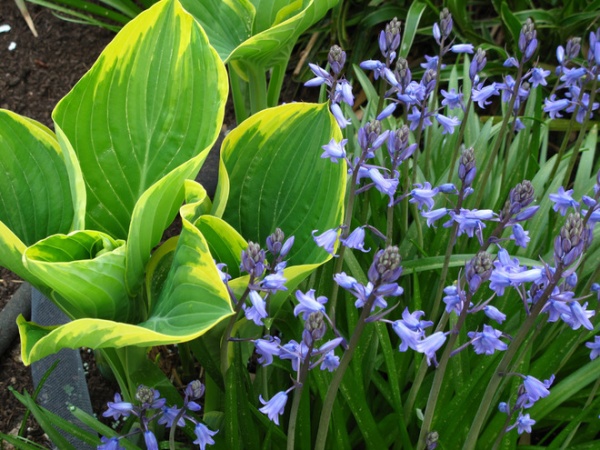
Bluebell (Spanish bluebell, English bluebell)
(Hyacinthoides — Endymon, Scilla)
USDA zones: 4 to 10, depending on species
Bloom period: Throughout spring
Height: 12 to 20 inches
How to plant: 3 inches deep in warmer climates; up to 6 inches deep in cold-winter climates; 6 inches apart
Light requirement: Light shade or filtered sun
Water requirement: Regular water when growing until the foliage dies; Spanish bluebells need some water in summer
Though there are some differences, Spanish and English bluebells are closely related and will often hybridize naturally. The Spanish bluebell is taller and a better choice for warm climates, while the English bluebell prefers cool summers. Both naturalize well and look best in drifts, nestled among shrubs and under trees or mixed with other small perennials. They also do well in containers.
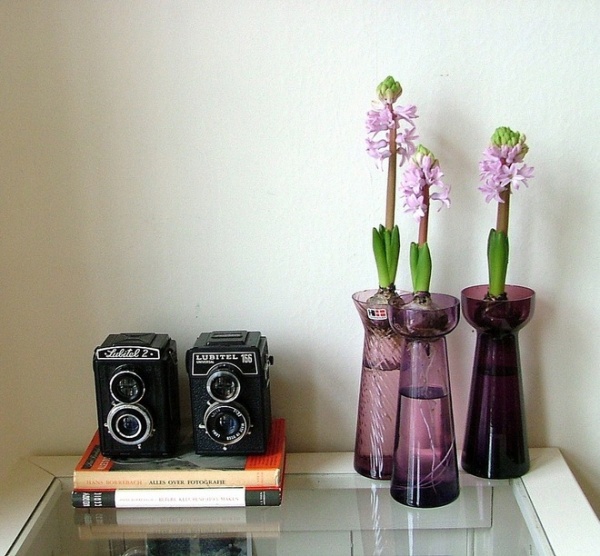
Hyacinth
(Hyacinthus)
USDA zones: 4 to 8, depending on species
Bloom period: Early spring to early summer
Height: 12 inches
How to plant: 4 to 5 inches deep and 5 inches apart for Dutch hybrids; others 3 inches deep and 4 to 5 inches apart, or force Dutch hybrids in a hyacinth glass
Light requirement: Full sun
Water requirement: Regular water while growing and blooming; can take some summer moisture
The classic Dutch hyacinth (Hyacinthus orientalis) is what most people think of when they hear the word "hyacinth," as it’s the most widely available in colors that range from white to yellow to pink to blue and purple. It’s a favorite for forcing into bloom indoors. There’s even an appropriately named “hyacinth glass,” designed to hold the bulb and water and allow you to watch the roots develop as it grows. It’s also a favorite for containers. Outdoors, these hyacinths work well in drifts or informal beds but are structured enough to hold their own in a more traditional setting. Hyacinths will probably come back yearly only in cold-winter regions. Gardeners in warmer regions would do best to treat these as annuals.
H. orientalis, the Roman or French Roman hyacinth, is less familiar but a good choice for warm-winter regions. It blooms early, with white, pink or light blue flowers.
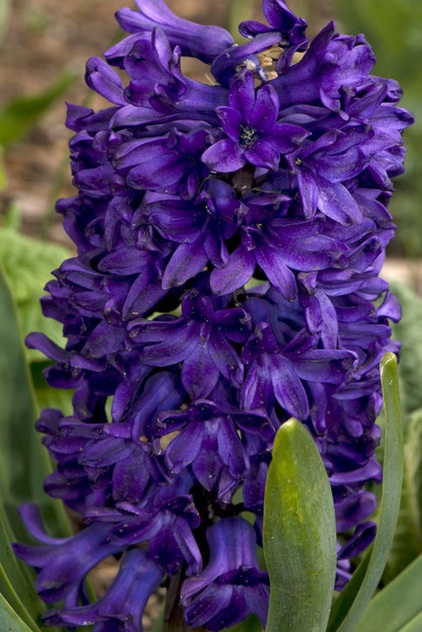
If your winters are cold, plant bulbs early enough to allow the roots to become established before the ground freezes. In warmer climates, wait until mid to late fall, when the chance of hot weather is past. Keep the soil most after planting and then water regularly while the plant is growing and blooming. If you’re growing these as perennials, fertilize as the flowers fade and water regularly until the leaves yellow, then keep dry until the weather starts to cool again.
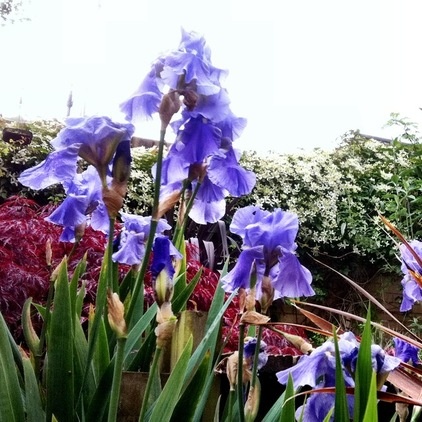
Iris
(Iris)
USDA zones: 4 to 9, depending on species
Bloom period: Throughout spring, depending on species
Height: 2 inches to 7 feet
How to plant: See individual listings below
Light requirement: Full sun to light or partial shade
Water requirement: See individual listings below
The iris family consists of so many different plants that botanists divide them into groups and further subdivide them into even smaller groups. For home gardeners, bearded irises are what most people think of when they want to grow irises. But others are coming into their own, including the beardless irises, of which Japanese iris is the most well known but that also includes the Louisiana iris, Siberian iris and Spuria iris. The bulbous irises include Dutch and Spanish irises and reticulata iris.
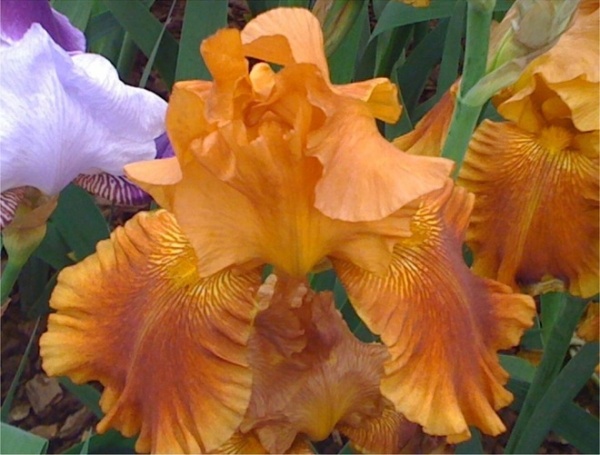
Bearded irises. These come in an array of sizes, but almost all have the same needs. Tall bearded irises, which bloom in midspring, grow from 2 to 4 feet tall. Most of the smaller ones reach a height of 8 to 28 inches, and the miniatures may reach only 2 inches tall. They’re available in an overwhelming range of colors and can find a place in almost any garden.
To grow, place bulbs in well-draining soils, starting in July (for very cold climates) through October (where winters are warm), about 1 to 2 feet apart, just below the soil surface. Point the leafy part of the rhizome in the direction you want the growth to head, water to get things started, then water cautiously until you see growth really start. Water regularly (unless the weather is at the freezing point) while the plants grow and bloom in spring until the flowers fade. They need little water in summer; maybe every couple of weeks if it’s warm to once a month if it’s cool. Fertilize when the plants begin to grow in fall.
Aril and arilbred irises fall into the bearded iris category.The true aril iris can be difficult to grow; arilbred irises are similar to bearded irises for care, though they do need good drainage and alkaline soil.
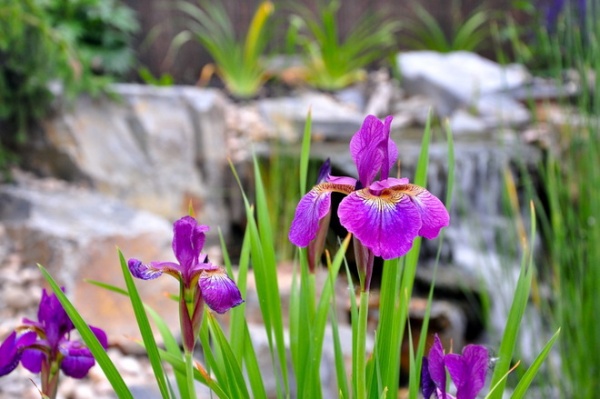
Beardless irises. These include Japanese iris, Louisiana iris, Siberian iris and Spuria iris. There are also some specialty species. Japanese irises have 4- to 12-inch-wide flowers that sit on stems that can reach 4 feet. Colors include white, pink, blue and all shades of purple; flowers appear in late spring. They are a good choice for along the edges of ponds. In areas with warm summers, give then some light shade or filtered afternoon sun. Plant 2 inches deep and 1 1/2 feet apart, with the leaf ends pointed in the direction you want them to grow. They can be set out in spring as well.
Louisiana irises are native to the lowlands and swamps of the Gulf Coast of the U.S.; they rival the color range of the bearded irises and grow 2 to 5 feet tall. True to their native habitat, they want a lot of moisture and do well along ponds in neutral to acidic soil. Plant 1 inch deep and 1 1/2 to 2 feet apart. They generally like full sun, but give them light shade if the summer heat is intense. They’ll also need winter protection if the ground freezes in winter.
Siberian irises have flowers in shades of white, purple, pink, blue and even light yellow that almost seem to peer out from their tall grasslike leaves. The leaves are generally between 1 and 3 feet tall; stem height ranges from 14 inches to almost 4 feet tall. Plant in late summer (or early in spring) in cold-winter regions, or in fall where there are hot summers and mild or moderate winters. They want neutral to acidic soil and full sun unless the summers are hot. Set bulbs 1 to 2 inches deep and 1 to 2 feet apart. Water regularly to liberally during growth and bloom.
Spuria iris resembles Dutch iris, with leaves reaching 3 to 4 feet tall and flowers in a full range of colors, including some browns, on stems that reach 3 to 6 feet tall. Plant in full sun in late summer or early fall, 1 inch deep and 1 1/2 to 2 feet apart. Provide regular water while growing and blooming. Provide winter protection if temperatures drop consistently below freezing.
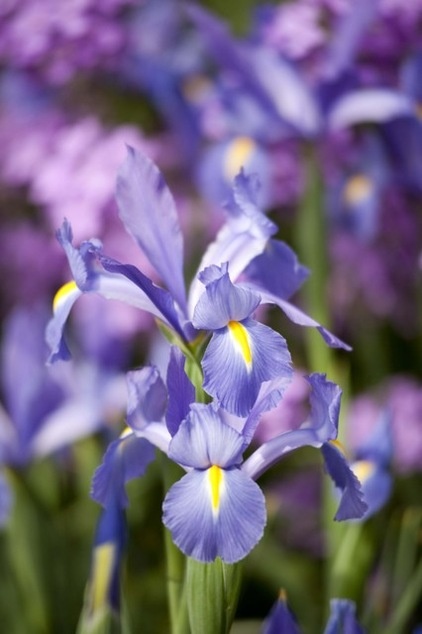
Bulbous irises. These include the Dutch and Spanish irises. The Dutch irises are fairly short, with 1 1/2- to 2-foot stems. Flowers come in a range of colors. They start blooming in March in warmer climates but not until May or even June in colder areas. Spanish irises are similar to Dutch irises but tend to be smaller and bloom about two weeks later. Both want full sun and prefer a location where they won’t receive summer water. Plant in October or November, 4 inches deep and 3 to 4 inches apart. Water from the time leaves appear until about four weeks after the flowers have finished blooming.
Reticulata irises are the shortest irises, usually not reaching more than 8 inches high, with small blossoms. The leaves may not appear until after the flower blooms. These irises are ideal for edgings, rock gardens and containers. Flowers generally are violet, blue-violet or white, though there is a yellow species. Set them out in fall, in full sun, 3 to 4 inches deep and 3 to 4 inches apart. Water regularly from fall through spring but keep the soil dry in the summer.
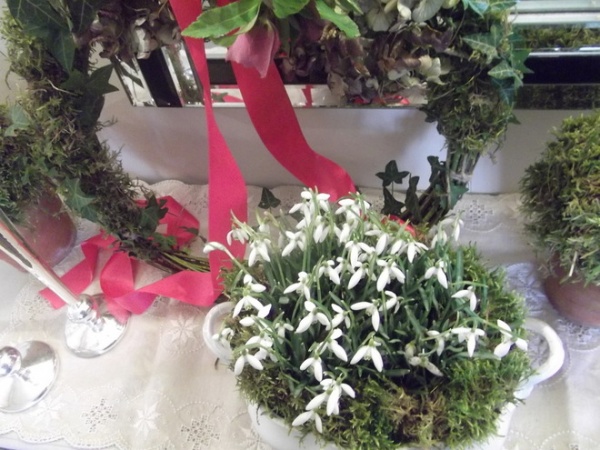
Snowflake
(Leucojum)
USDA zones: 4 to 8
Bloom period: Winter to midspring
Height: 12 to 18 inches
How to plant: 3 to 4 inches deep and 4 inches apart
Light requirement: Full sun when in bloom; light shade or filtered sun during hot summers
Water requirement: Regular water from planting until the foliage dies back; periodic moisture during summer
This lily-of-the-valley-like plant, often mistaken for Galanthus, is an easy-to-grow bulb that’s perfect for naturalizing and filling in small spaces. The mistakenly named Summer Snowflake (L. aestivum) begins flowering in late November in milder parts of the west and midspring in other climates. It’s characterized by long leaves and flower stems with three to five small, white bell-like blooms. Spring Snowflake (L. vernum) blooms in midwinter to early spring with just one blossom per stem. It needs cold winters to do well. Both species should be planted in fall.
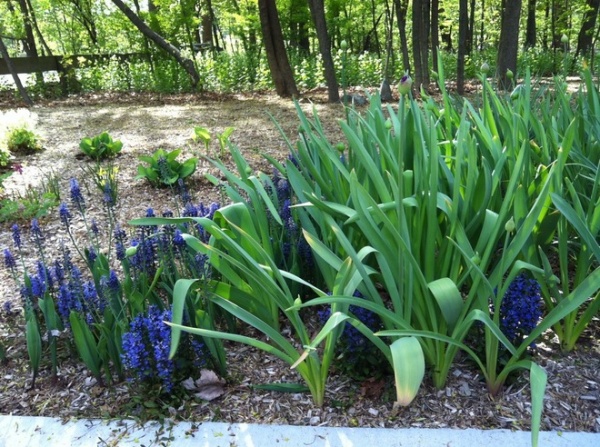
Grape hyacinth
(Muscari)
USDA zones: 4 to 9
Bloom period: Early spring
Height: 8 to 18 inches
How to plant: In early fall, 2 inches deep and 3 inches apart
Light requirement: Full sun to light shade
Water requirement: Regular water from fall to spring; less or no water in summer
Though its flower does resemble that of the hyacinth, thus the common name, the grape hyacinth is its own plant with its own contribution to the bulb world. It’s an early bloomer that’s easy to grow, reaching between 8 and 18 inches in height, depending on the species, with blue to purple blooms. Not only is it good for containers, but it can form a lovely carpet under trees and shrubs and fits in well tucked along the edge of a path or in a rock garden. Plant in early fall.
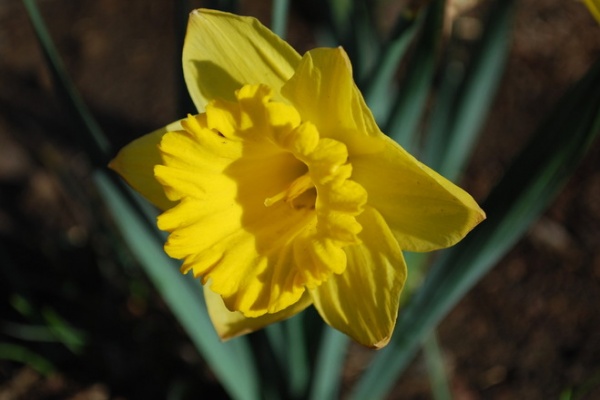
Daffodil, narcissus
(Narcissus)
USDA zones: 3 to 9, depending on species
Bloom period: Late winter through early spring
Height: 3 to 18 inches
How to plant: Twice as deep as their height (wait until midfall in warm climates)
Light requirement: Full sun; light shade after the bloom period if summers are hot
Water requirement: Regular water while growing and blooming
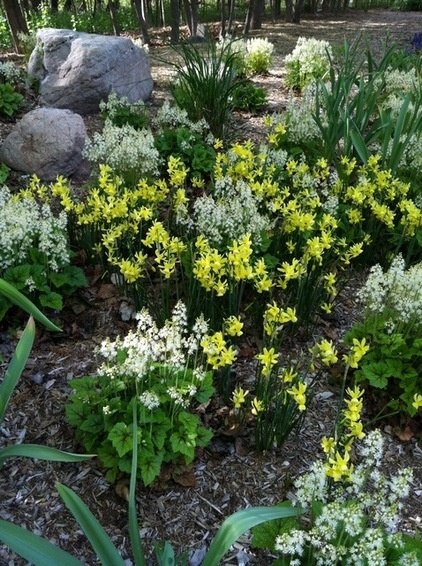
Daffodils are the essential spring bulbs, their bright yellow and white flowers (sometimes found with touches of pink, orange or red) signifying the arrival of spring. They’re also ideal for beginning bulb growers. They are available in a range of sizes, grow easily and need minimal care — and gophers don’t like them. They can be casually planted and allowed to spread naturally, set into formal rows, massed in containers, set into rock gardens and perennial beds, tucked next to ponds and even forced for early indoor blooms.
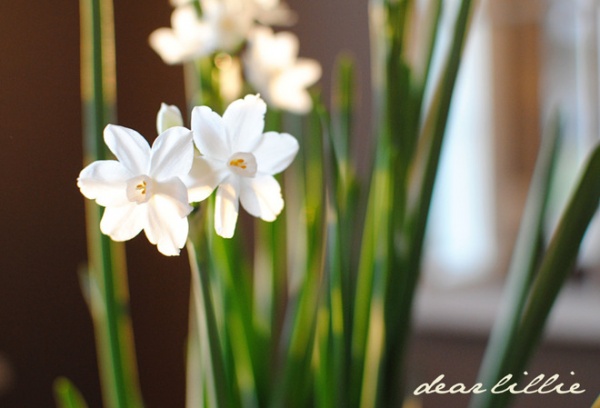
While all members of the genus are technically narcissus, you’ll often find the term "daffodil" used for the larger bulbs and "narcissus" for the smaller ones. The best known of the larger daffodils is the trumpet daffodil King Alfred, whereas paperwhite is one of the well-known smaller varieties. But there are lots of choices, so choose the ones you find most attractive. Look for solid bulbs that feel heavy. When planting, amend the soil as needed to provide good drainage. Water thoroughly after planting and keep the plants well watered (if nature doesn’t do it for you) until the flowers have faded and the leaves have started to turn yellow. Keep dry until fall.
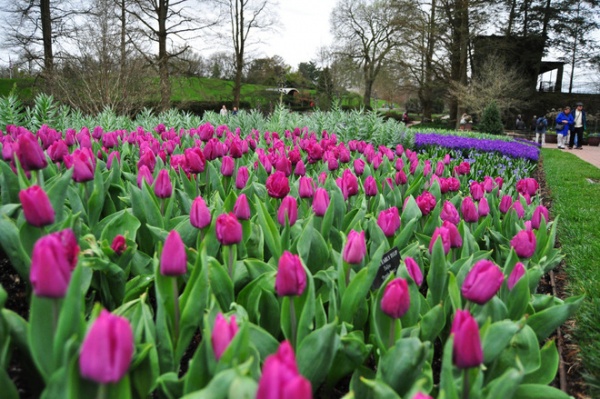
Tulip
(Tulipa)
USDA zones: 3 to 9, depending on species
Bloom period: Early to late spring
Height: 3 inches to 3 feet
How to plant: Three times as deep as they are wide, 4 to 8 inches apart
Light requirement: Full sun or light shade in hot climates, though they will grow toward the light
Water requirement: Regular water while growing and blooming; less when foliage dies
Tulips, along with daffodils, are one of the most recognized signs of spring in the garden. They’re a bit more formal than daffodils and probably a bit less versatile in the landscape, as they aren’t as effective when naturalized. But they still can fit into any number of garden styles, and their colors and interesting shapes mean there’s truly a tulip for everyone.
Tulips may be everywhere in spring, but they’re not really all that easy to keep going year after year. They want specific conditions: cold winters, short springs and hot summers, and even with those conditions they may not rebloom the following year. In warm-winter climates, it’s almost impossible to get them to rebloom. For that reason, treating them as annuals, including using them in containers, is often the best choice.
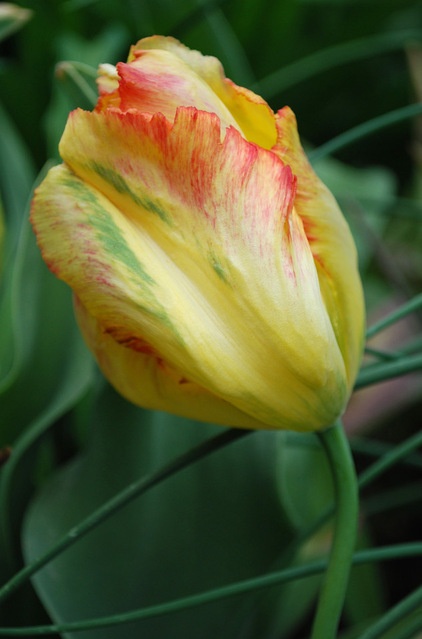
Tulip species and varieties seem to grow annually. The large hybrids are the most familiar, available in colors from white to almost black, with flower shapes that range from the classic cup to fringed or lily like. You’ll find early, mid- and late-season options, so you can keep tulips growing all season long. You can also force them. Specialty species are also available, particularly from specialists. Look for these in well-stocked nurseries or from bulb growers.
In mild-winter regions, prechill bulbs before planting. Set them in a sunny spot, three times as deep as they are wide and spaced up to 8 inches apart, unless you are growing en masse in a container or raised bed. In cold-winter regions, plant in October or November; wait until December or January where it is warmer. Protect the bulbs from gophers and other underground pests, and from any animals that like to dig up bulbs (squirrels, racoons, inquisitive puppies). Provide water during growth and bloom, but they don’t need much summer moisture. If you’re trying for repeat blooms, fertilize before the plants bloom and then allow the foliage to die back and wither before removing it.












